The reason we and other car enthusiasts have a soft spot for Honda is not because it makes the Accord or ordinary versions of the Civic. At its most appealing, Honda is the kind of company that gave us the NSX and has the passion to go racing at the Isle of Man TT.
It’s the Honda that, when other car makers were fitting catalytic converters but still couldn’t meet US Clean Air Act rules, made an engine so clean that it passed the tests without an exhaust catalyst. It’s the Honda that has even grown a shorter, hardier grain of rice, whose harvest is less affected by bad weather.
Honda at its best is innovative and thoughtful. It tasks small teams of talented and often young engineers to think radically and wilfully differently, in order to create something that hasn’t been created before.
Because it’s the sixth-largest car maker in the world, things can’t always be like that – it also needs to make boring cars that sell - but the HondaJet, the light private jet you see here, is true to Honda’s roots. Its story epitomises the spirit of the company’s maverick founder, Soichiro Honda, to the core.
Honda puts a lot of stock in future R&D. It first looked into small aircraft and engines in 1986, and its first prototype light jet, the MH-02, was constructed in 1993. Honda’s first turbofan engine, the HFX-01, had 70 hours of testing in 1996.
It wasn’t until the turn of the century, however, that Honda began testing a new small turbofan engine and established a research facility in the United States, from where the first prototype HondaJet took its maiden flight in 2003.
Even then, though, production was by no means a certainty. In fact, Honda and GE Aviation announced they were to commercialise just the engine in 2004, and it wasn’t until after the HondaJet’s first public outing, at Oshkosh air show in 2005, where its reception was overwhelming and customers tried to place orders on the spot, that Honda’s board gave the green light for sales.
Five legislation-conforming aircraft have been completed since then, with the first production aircraft being certified now, ready for delivery in 2015.
Design and engineering (five stars)
Aircraft take a long time to develop, and Michimasa Fujino, the father of the HondaJet, was the kind of young, talented engineer who was a natural to excel at Honda when he was first tasked with researching small aircraft and jet engines. That was as long ago as 1986.

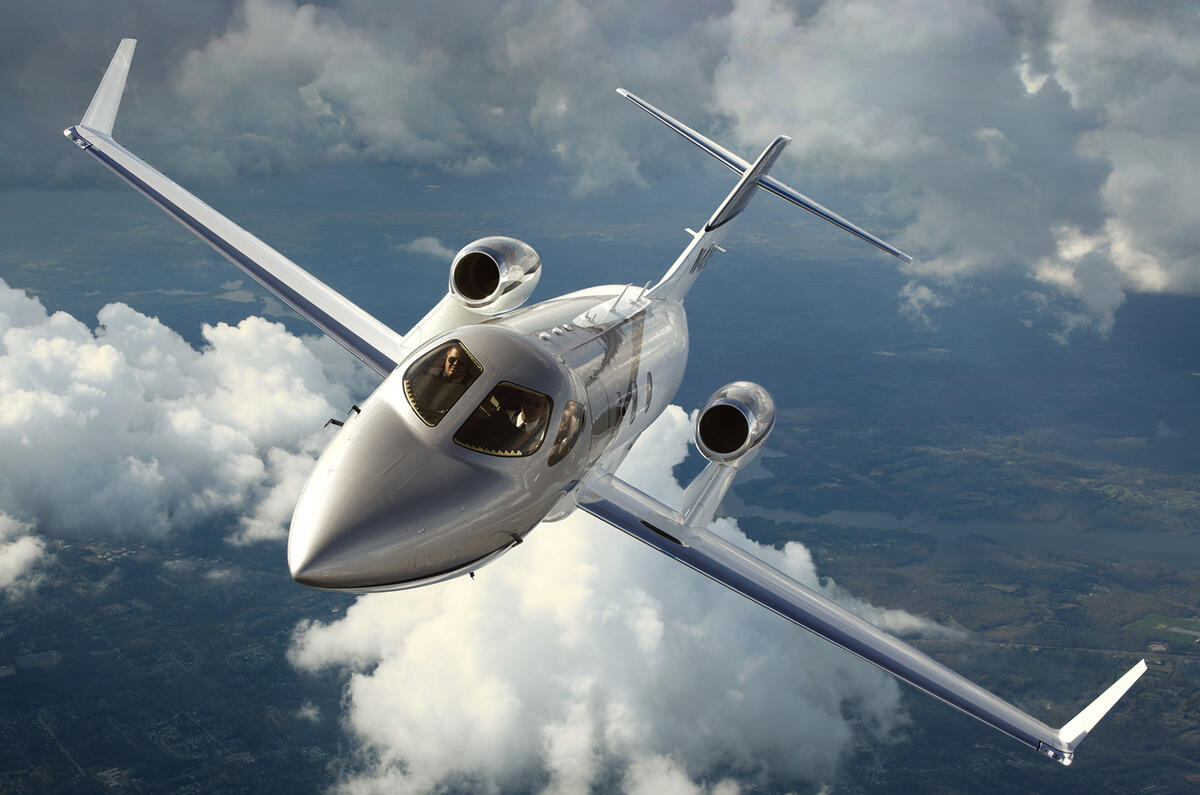

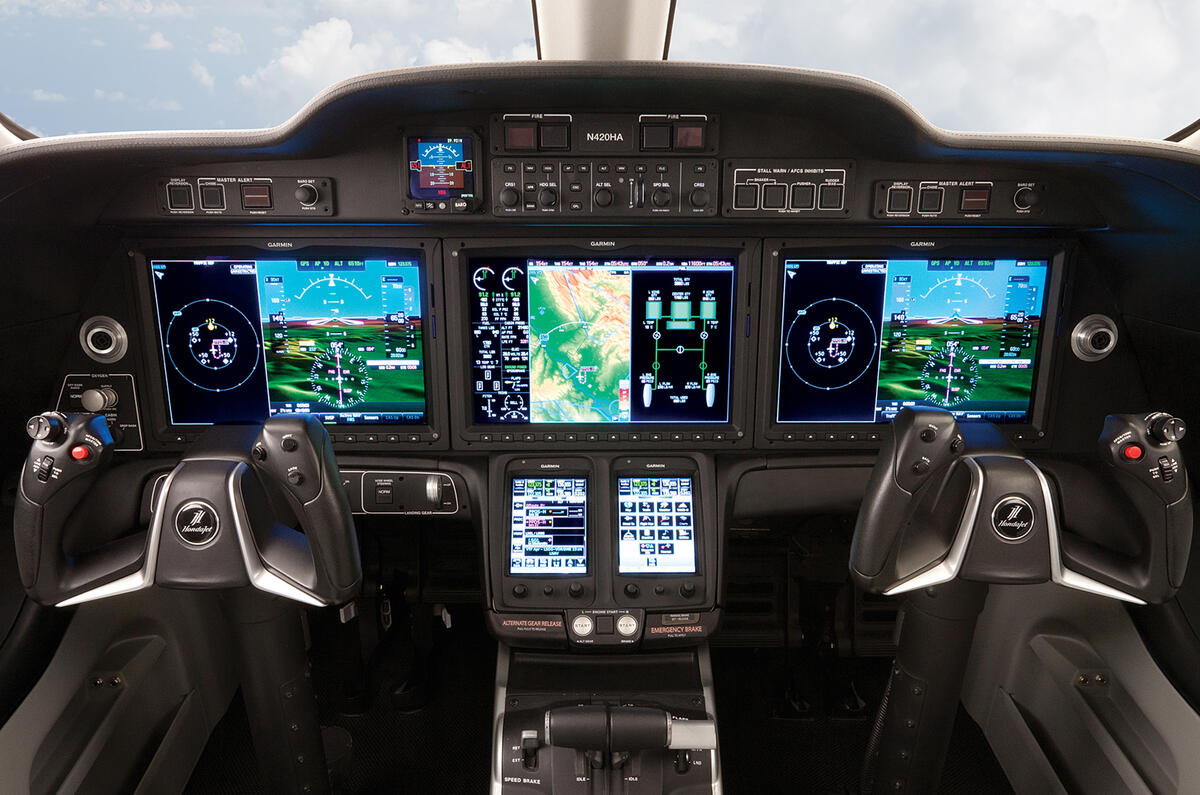
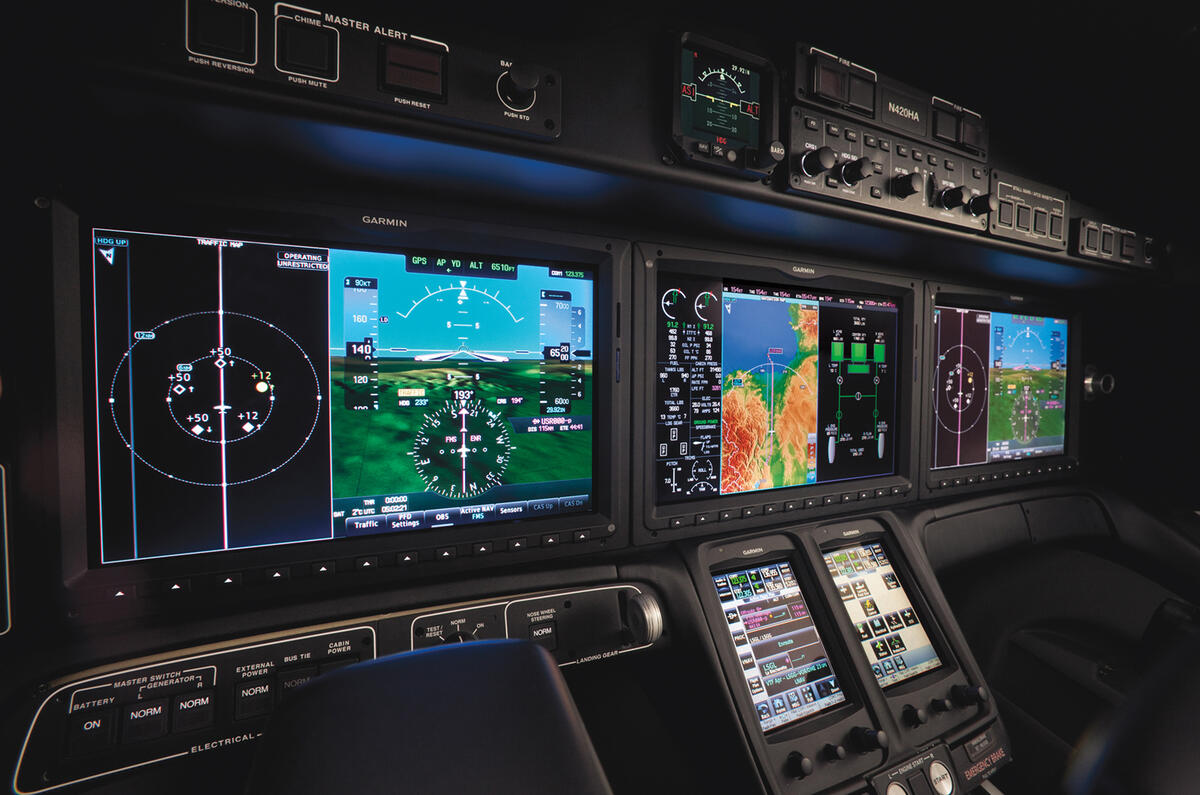
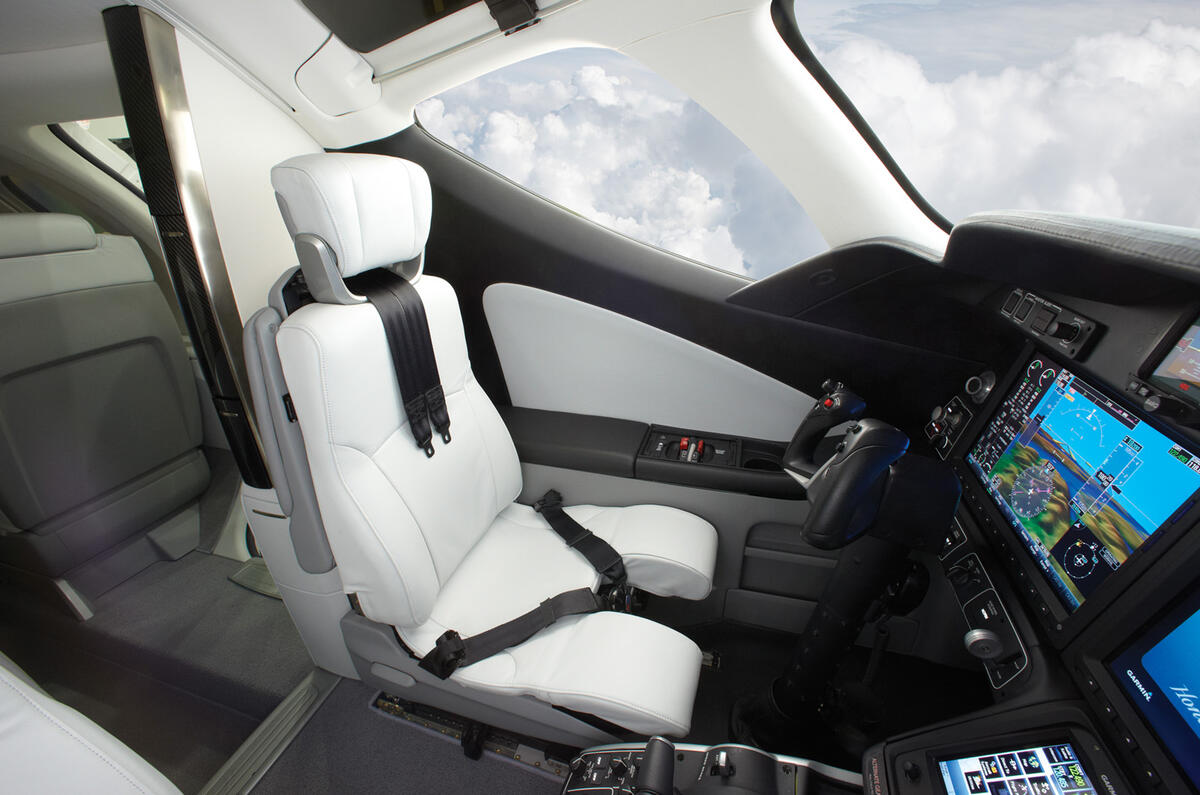
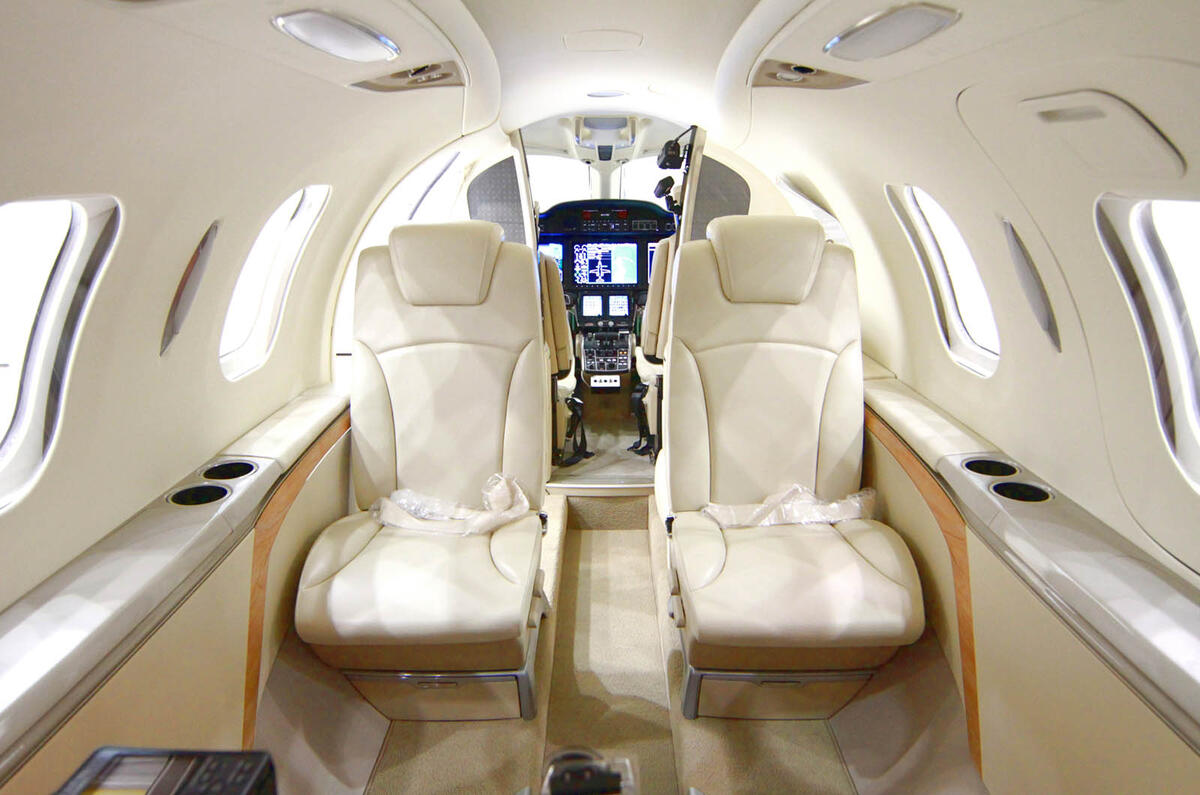
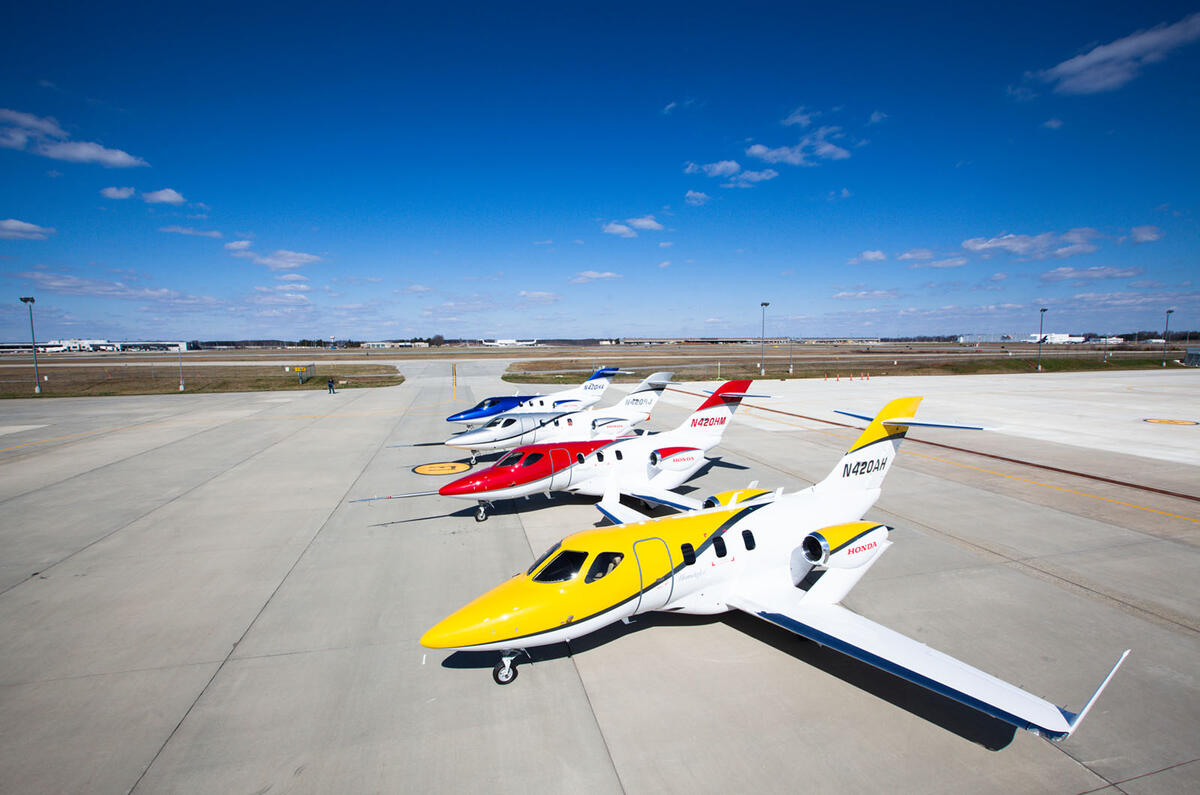
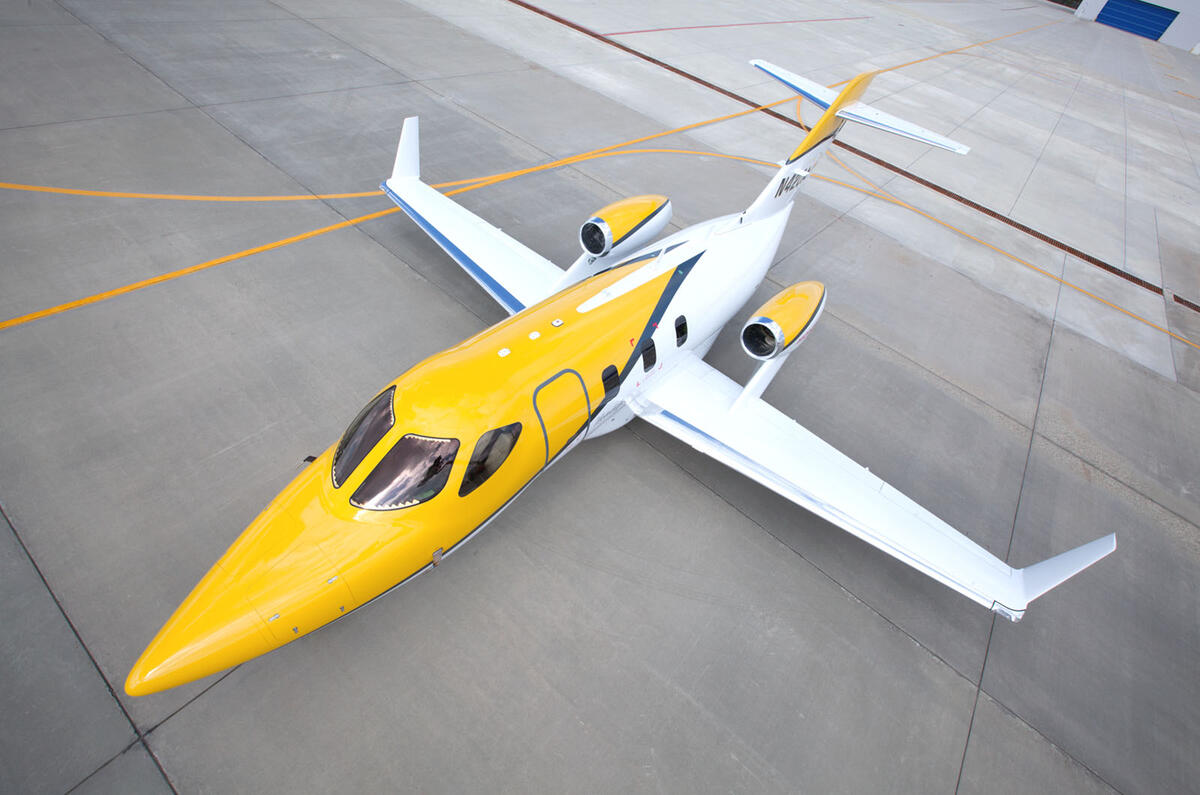
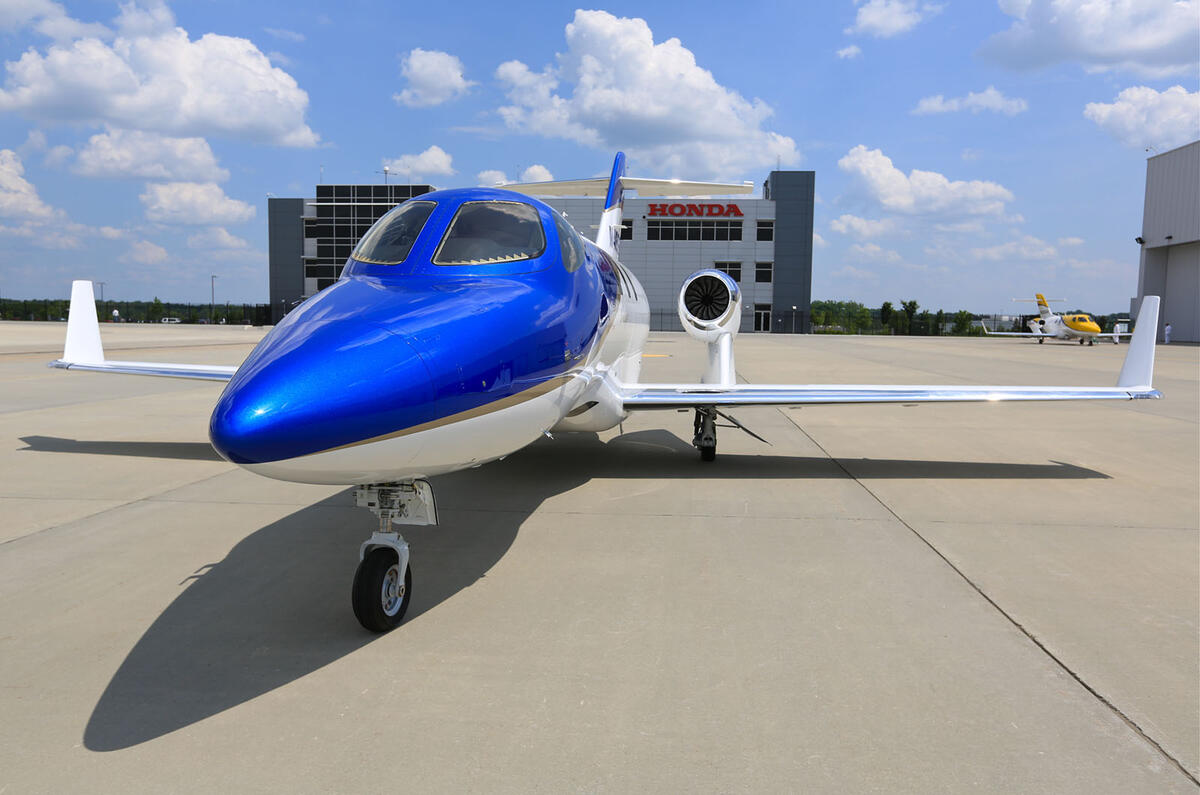



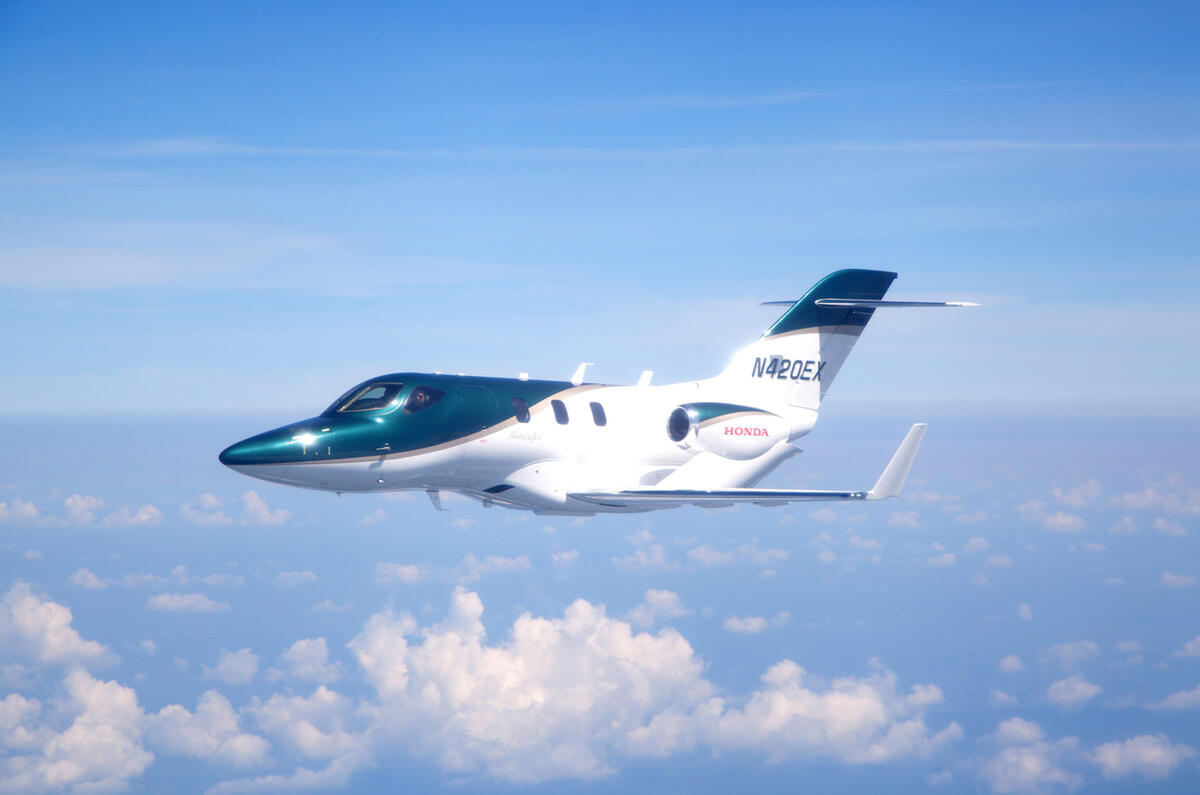
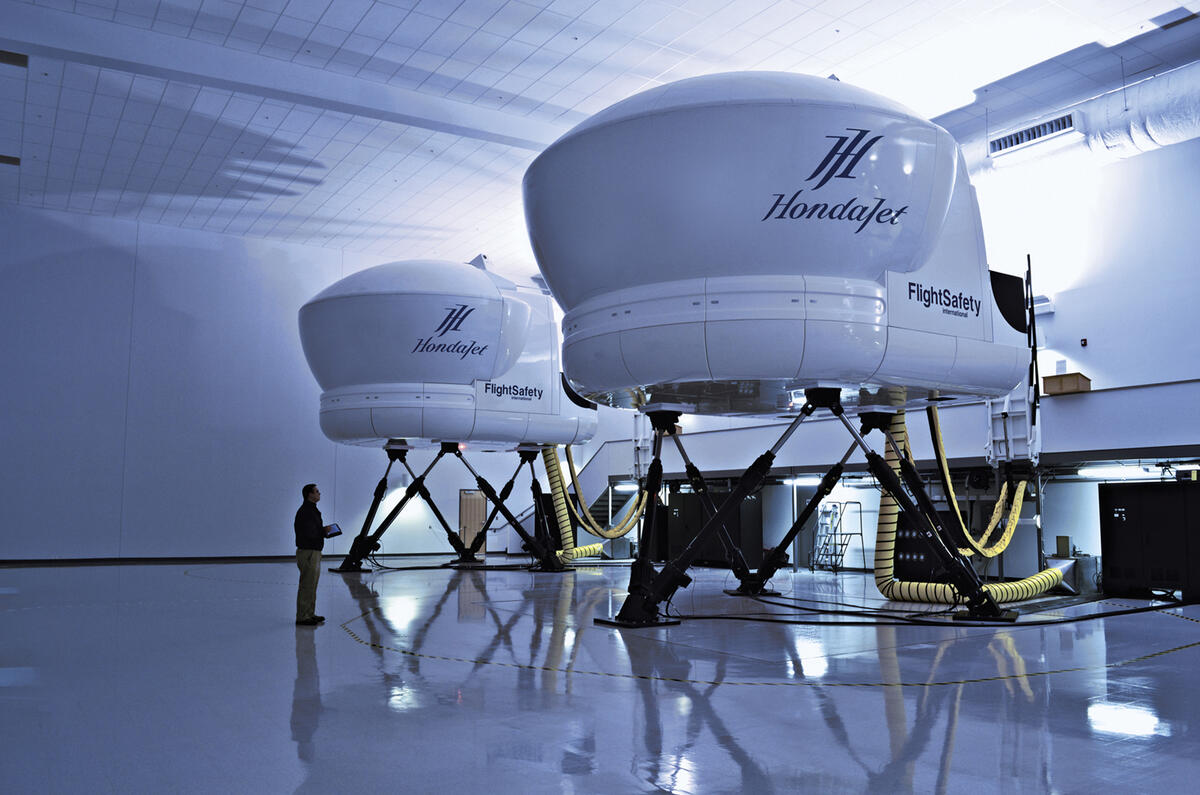
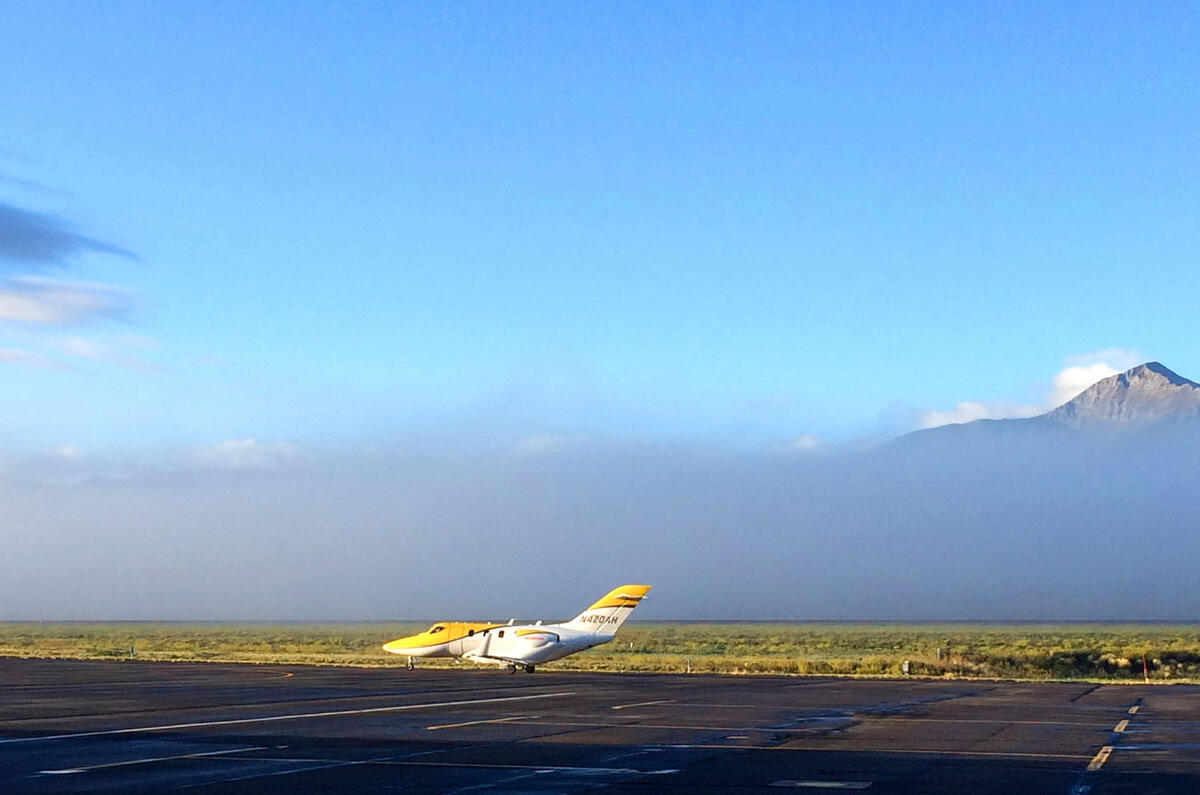
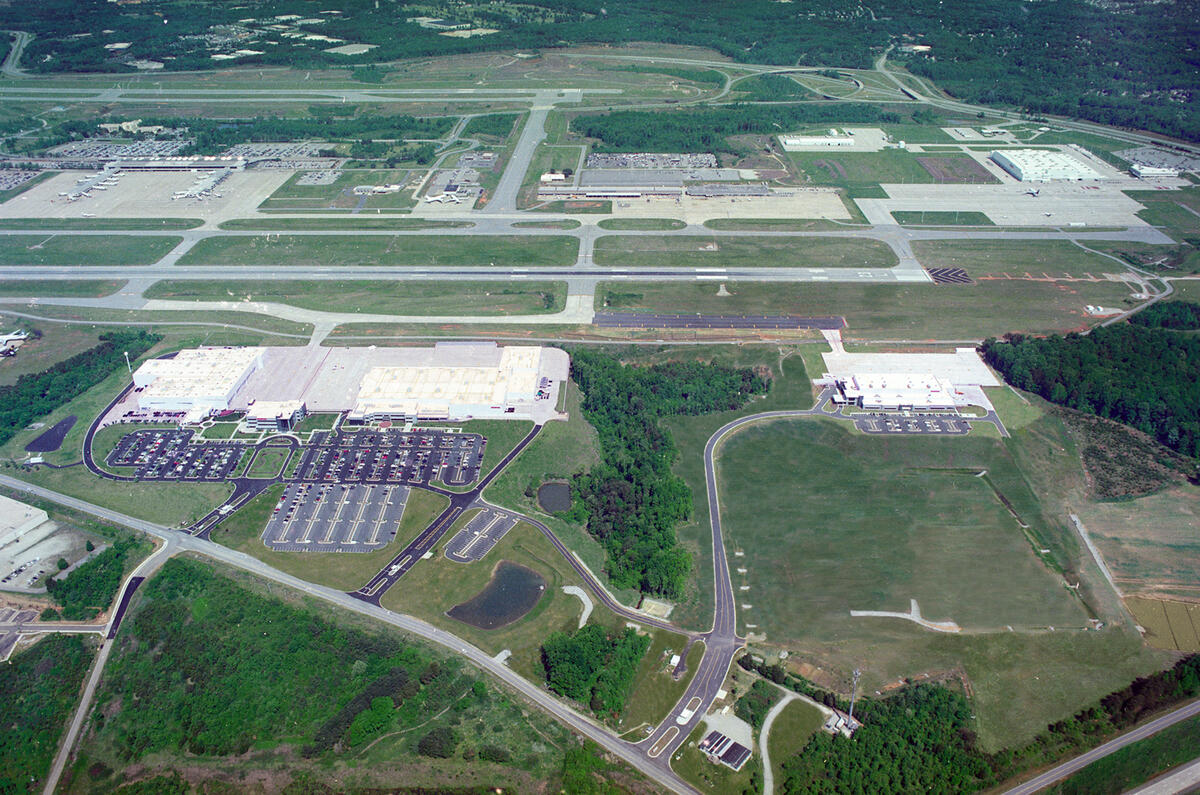
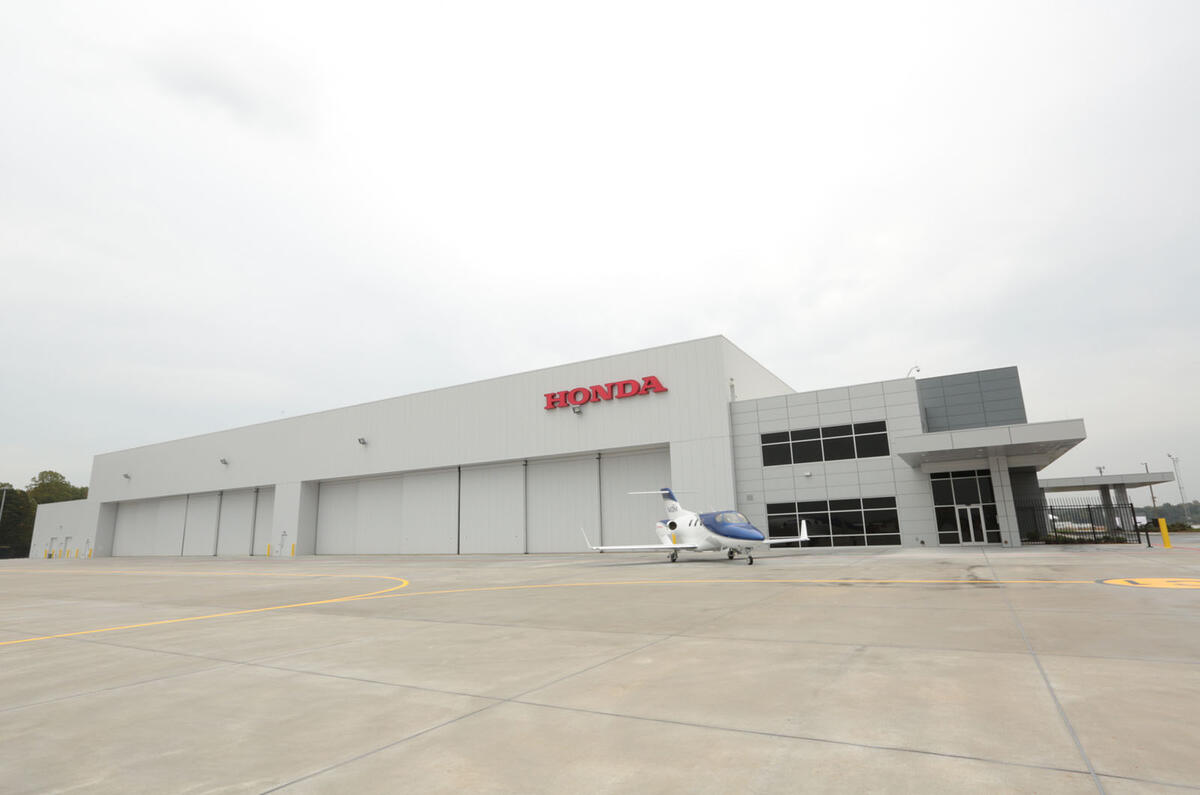


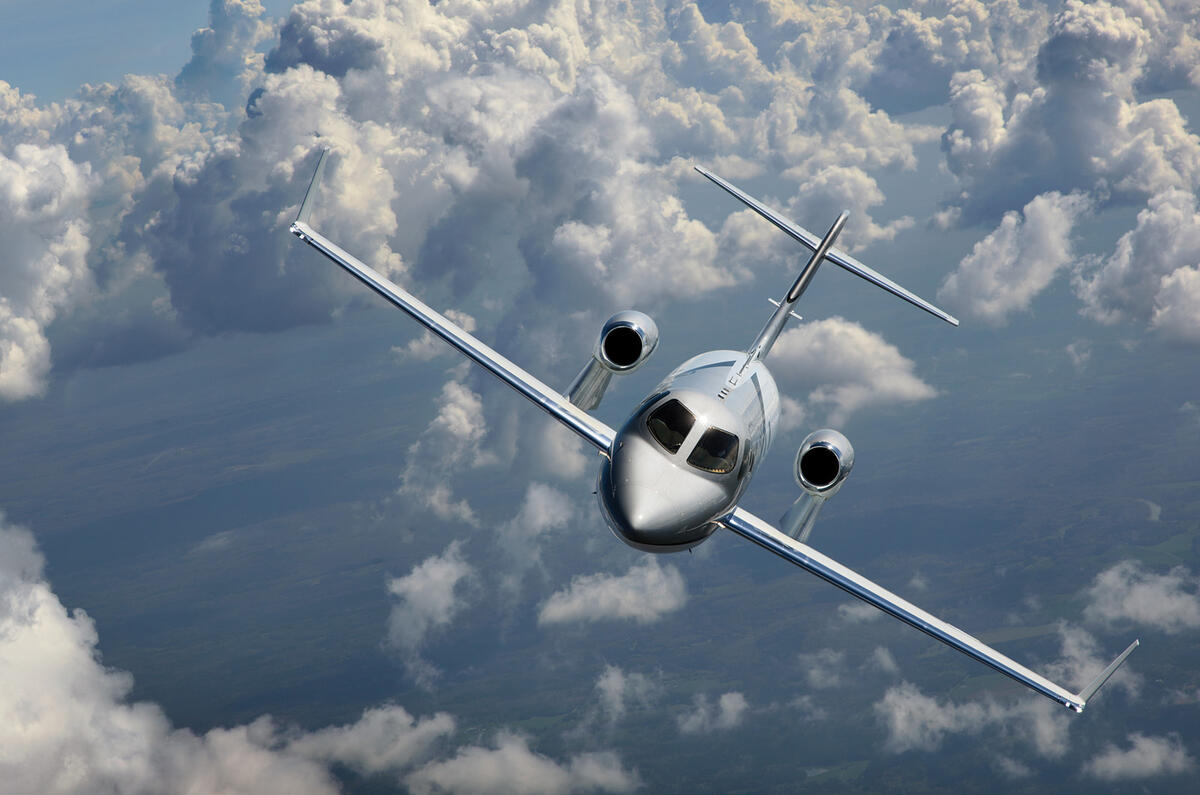
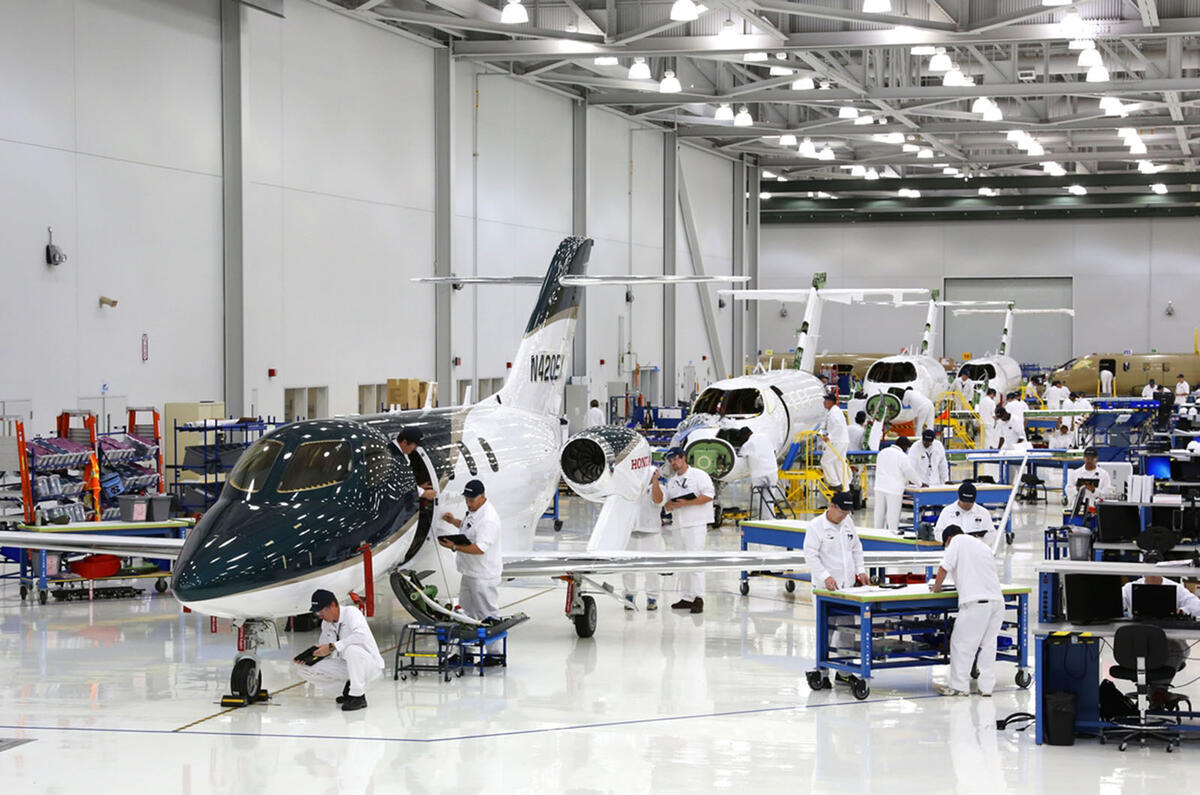
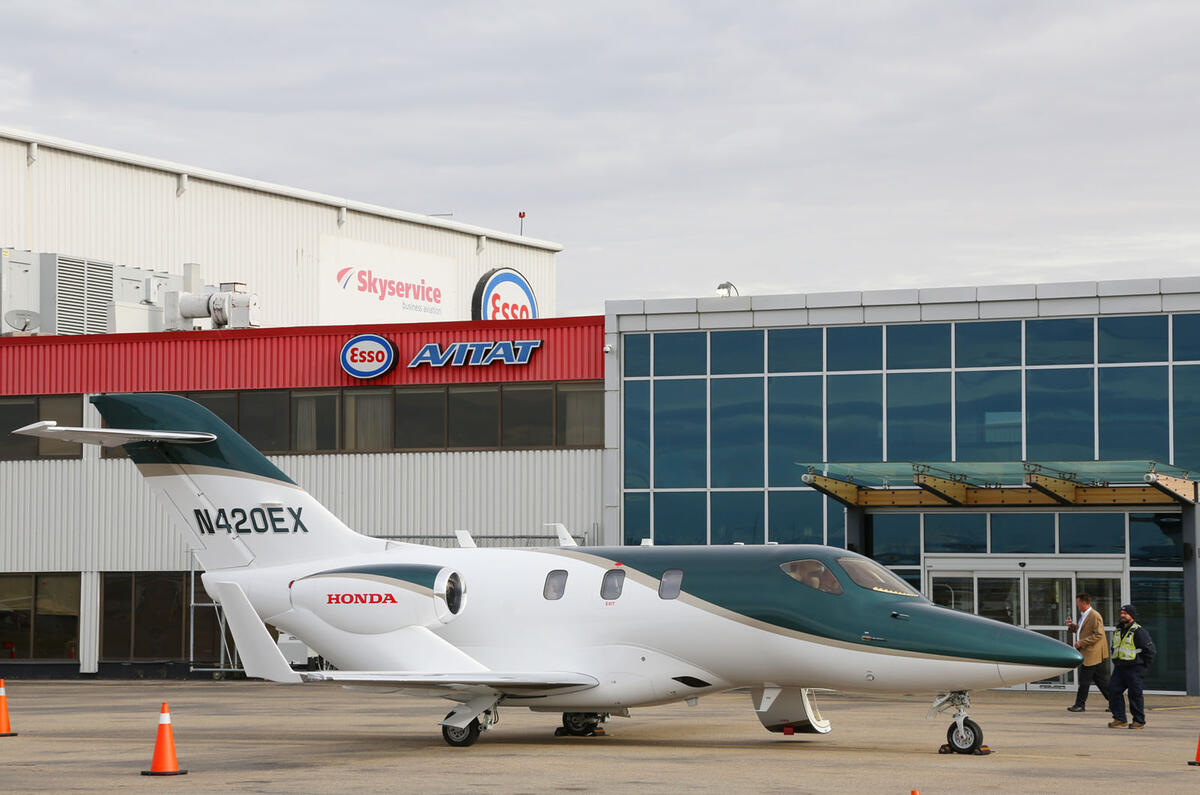
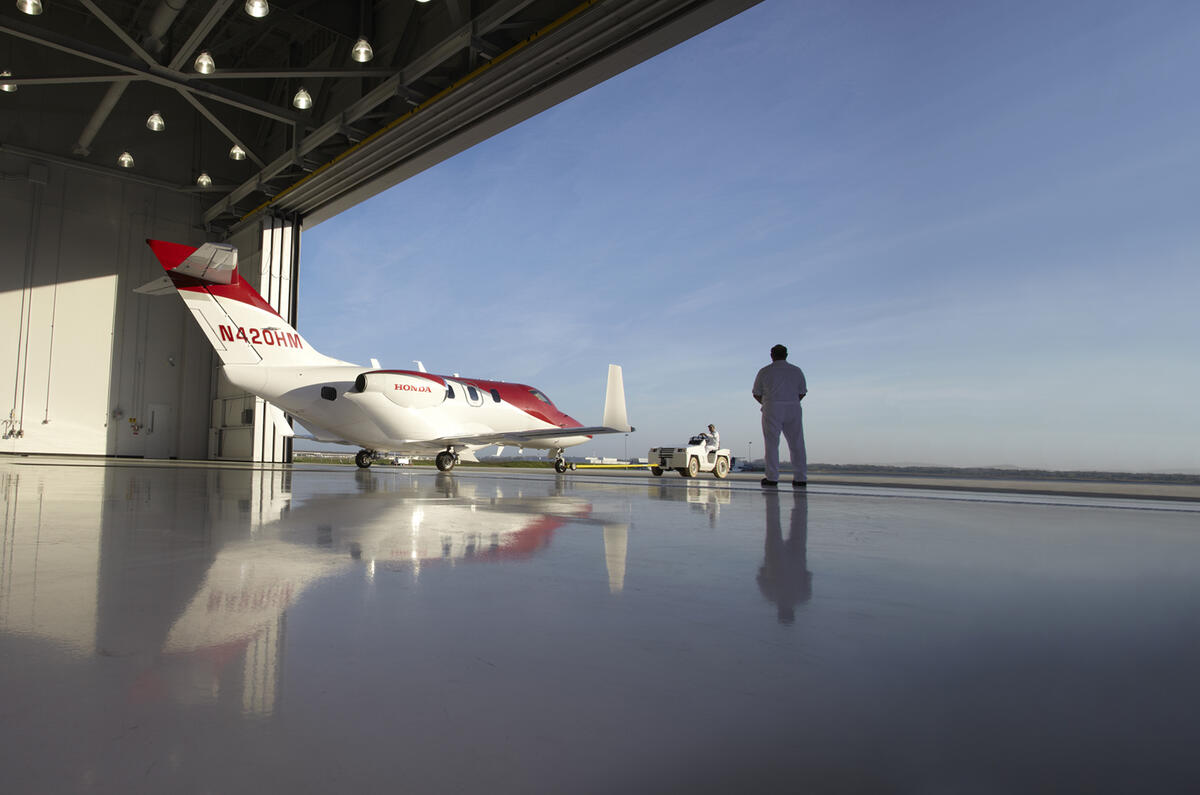
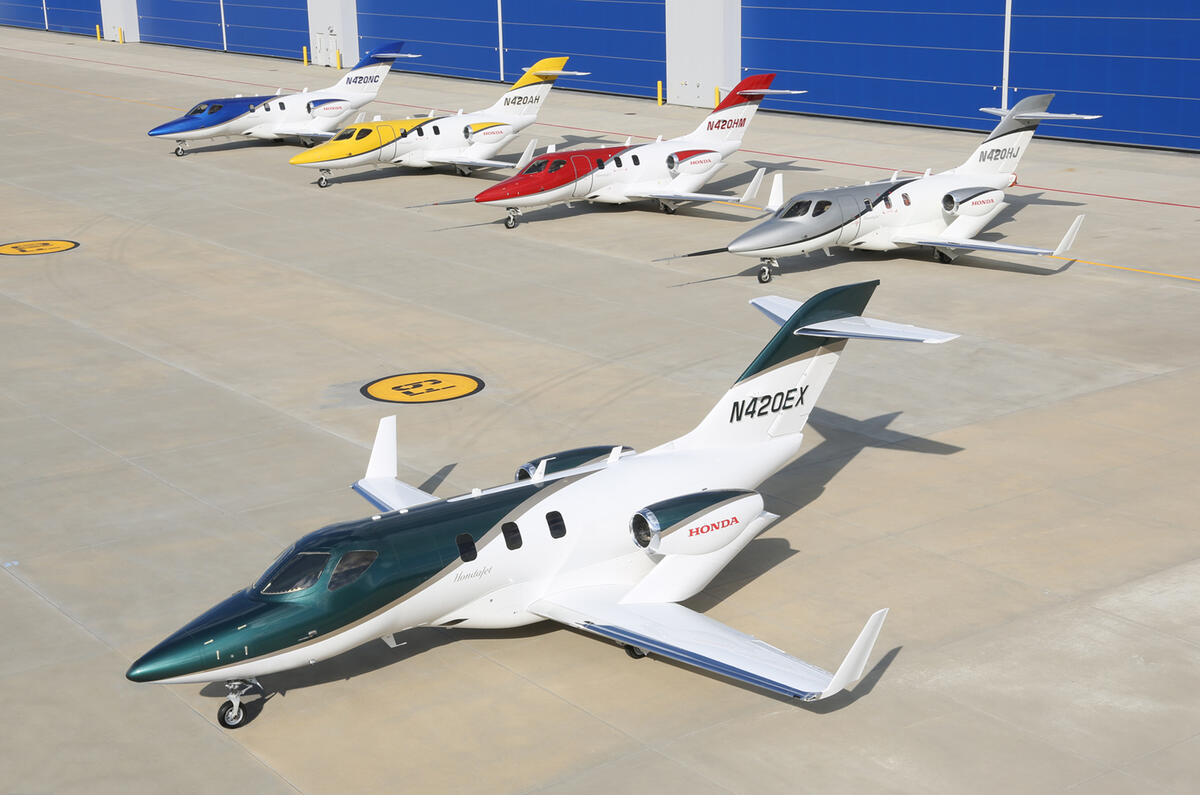
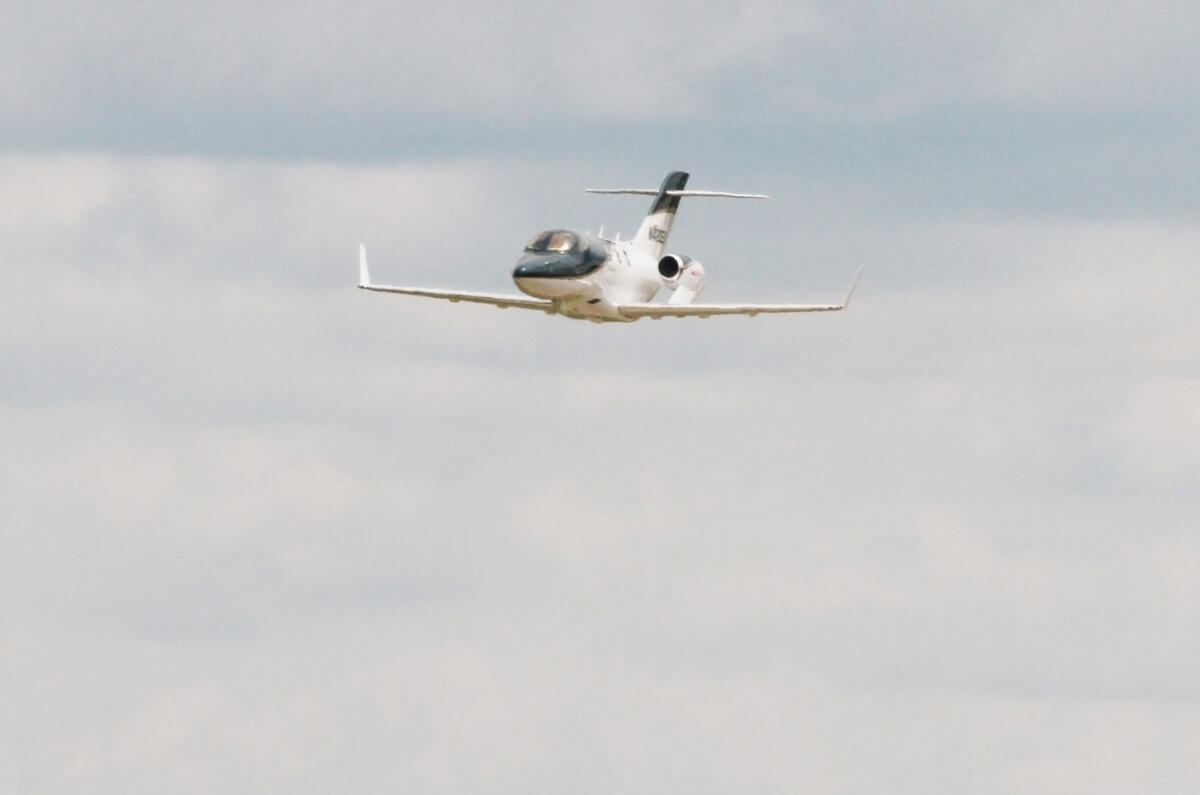

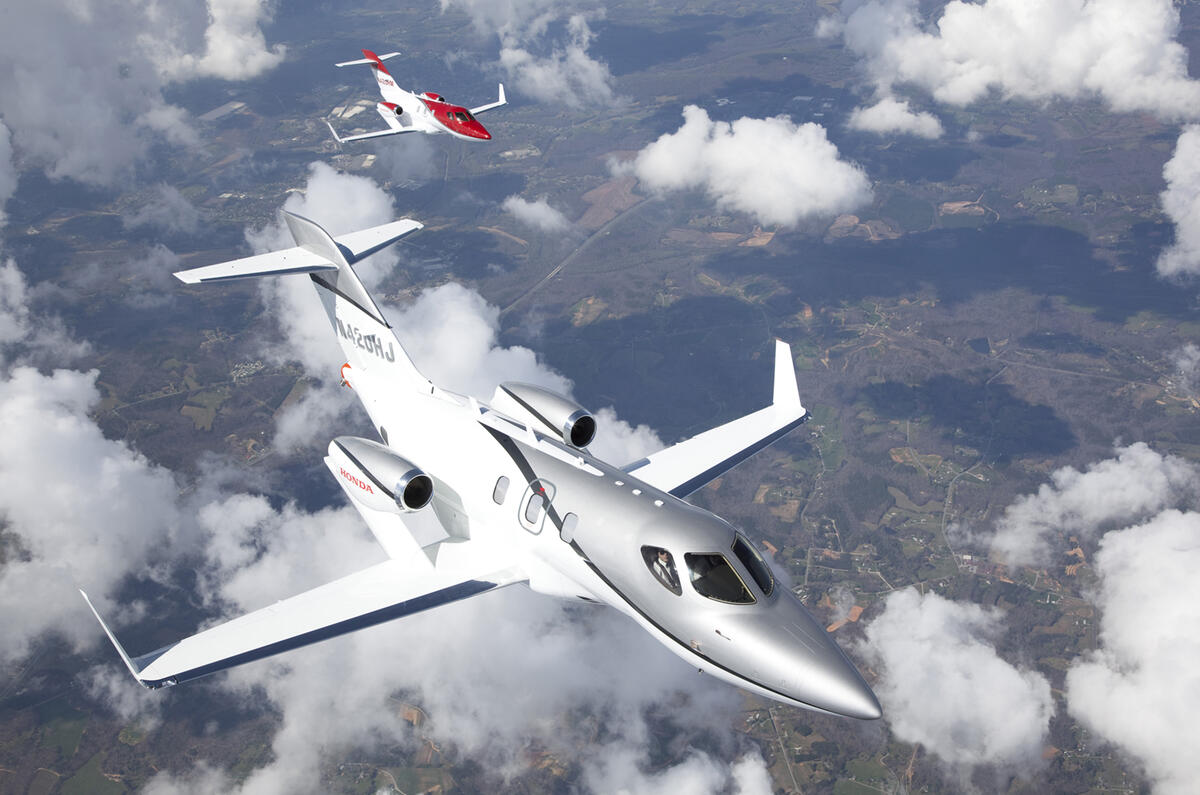

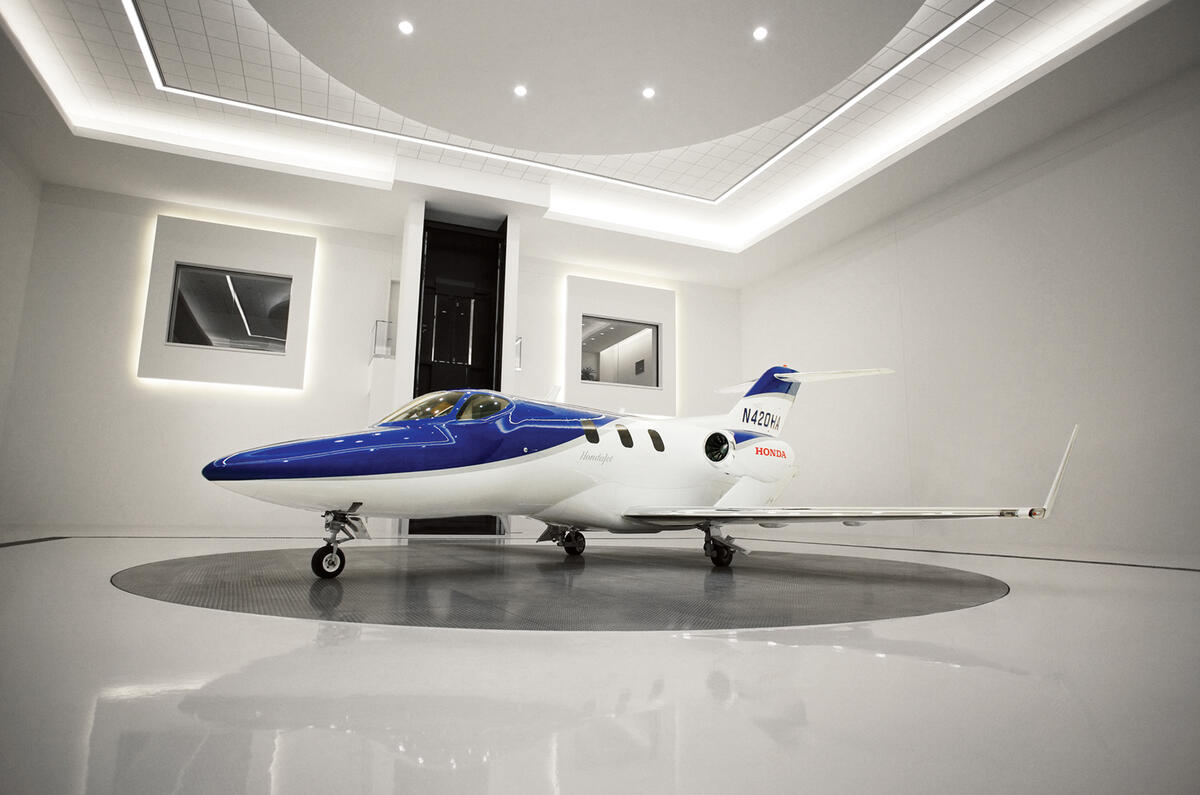
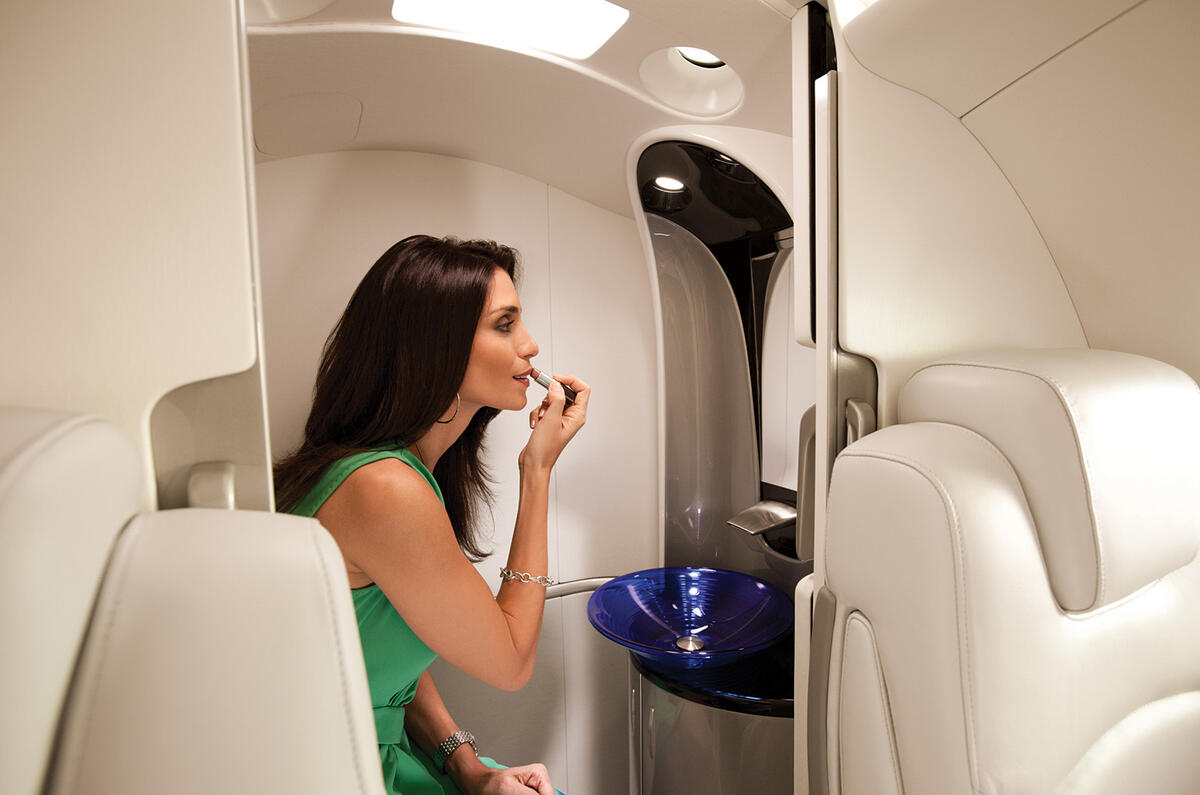
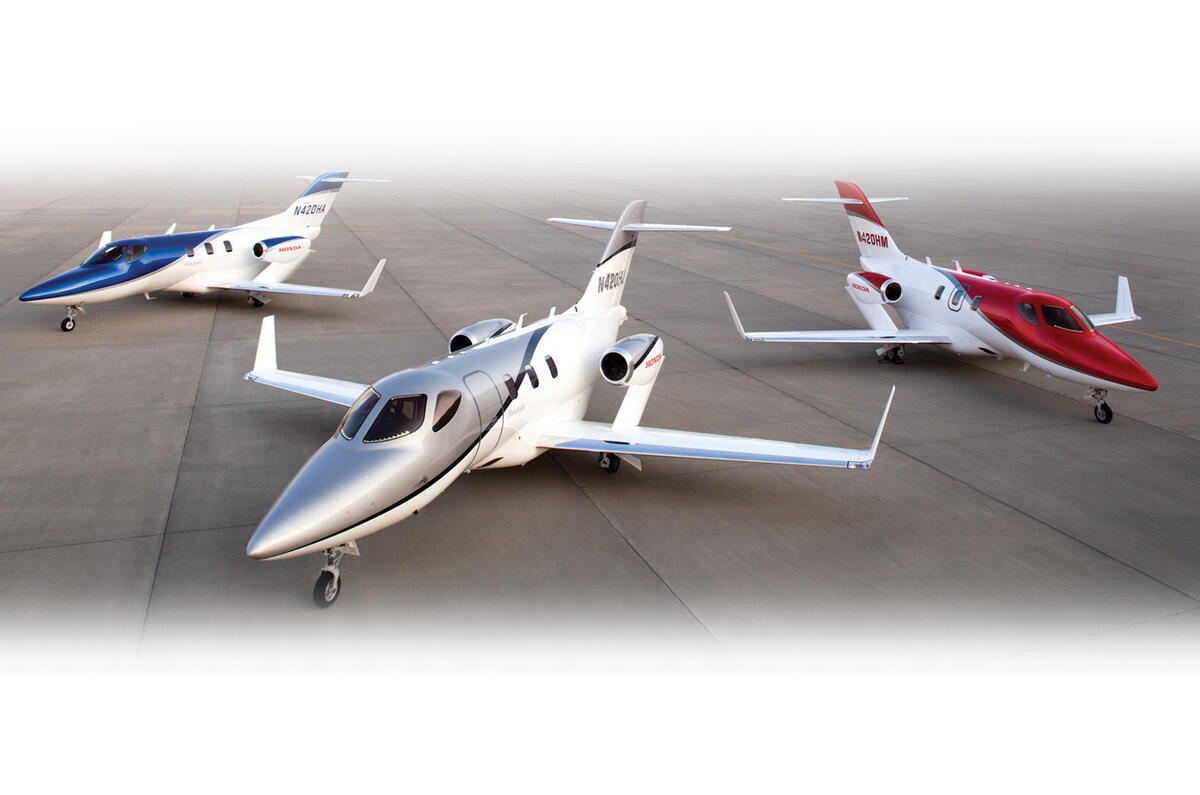

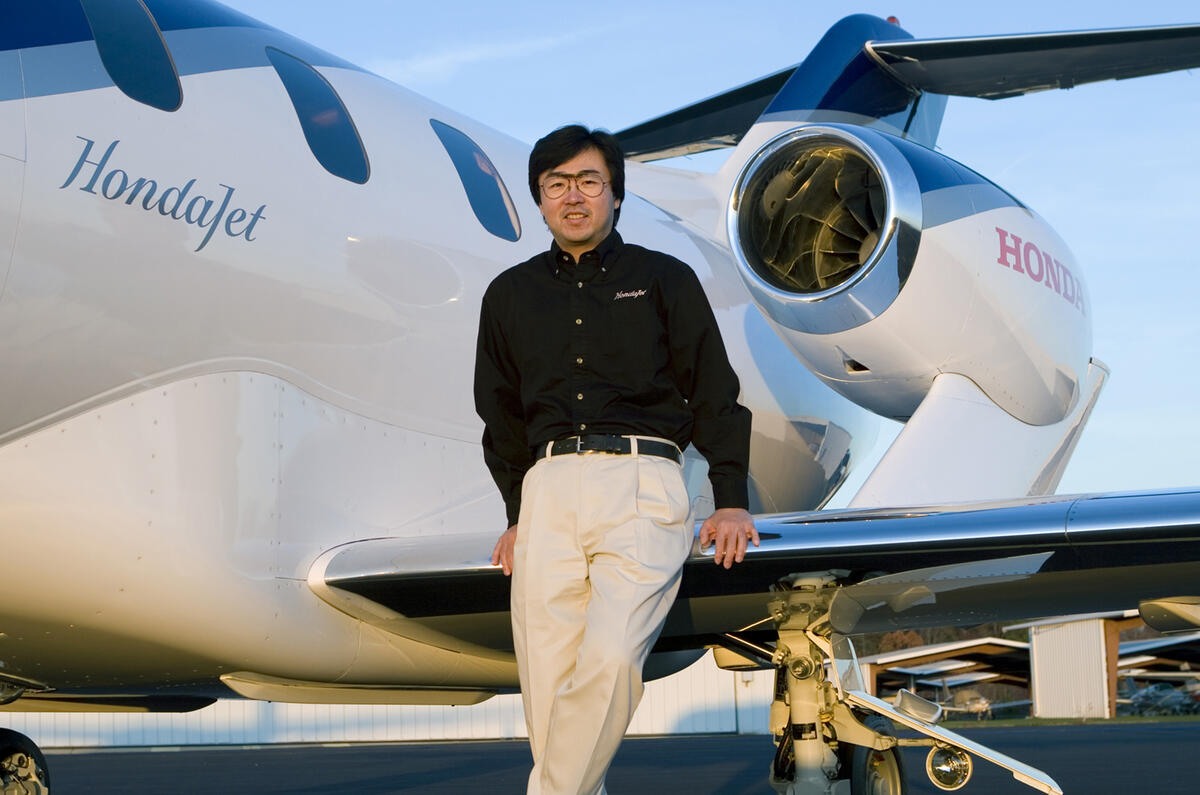
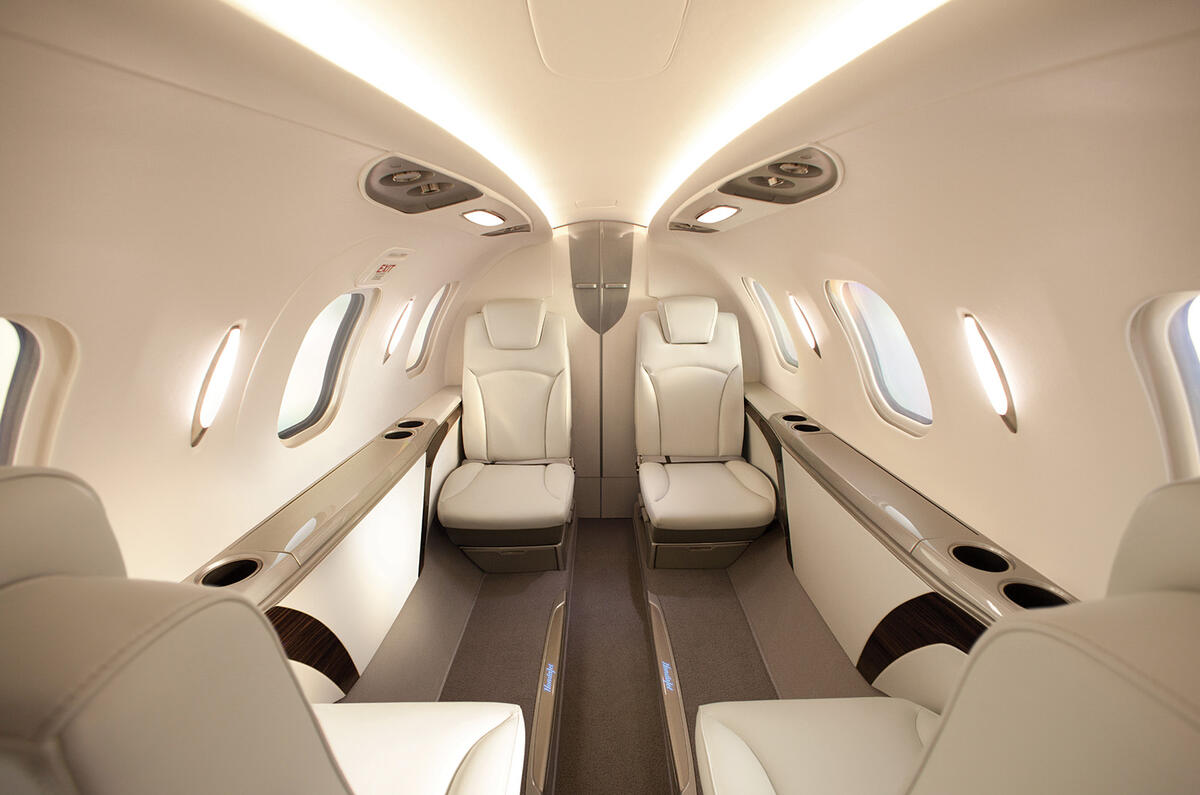
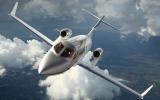
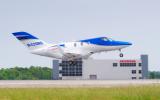
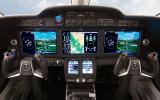
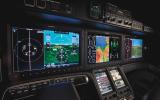
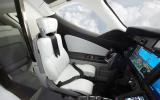
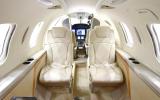
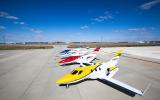
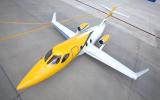
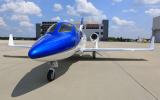
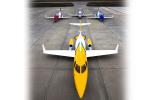


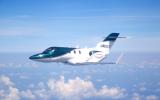
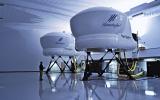





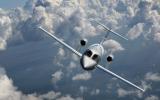
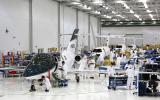

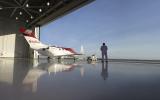
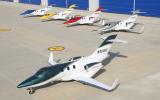
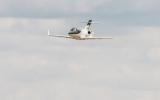

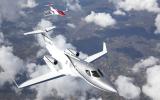

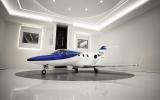
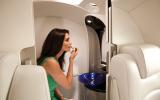
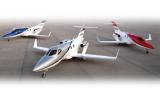

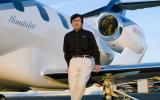




Join the debate
Add your comment
Never owned or driven
Range anxiety
It's a shame - it looks like a really nice little aeroplane.
mixed rewards
coolboy wrote:Very well, but
Yep, and they aren't anything like as significant here in Australia compared to the 80s and 90s. They offer one class leader here, the Jazz, and a bunch of also-rans.
This little jet looks really cool and is quite an achievement, no doubt, but hopefully it was not at the expense of other commitments. Hopefully, it and the (hopefully!) forthcoming NSX signal a return of some sparkle to the cars.